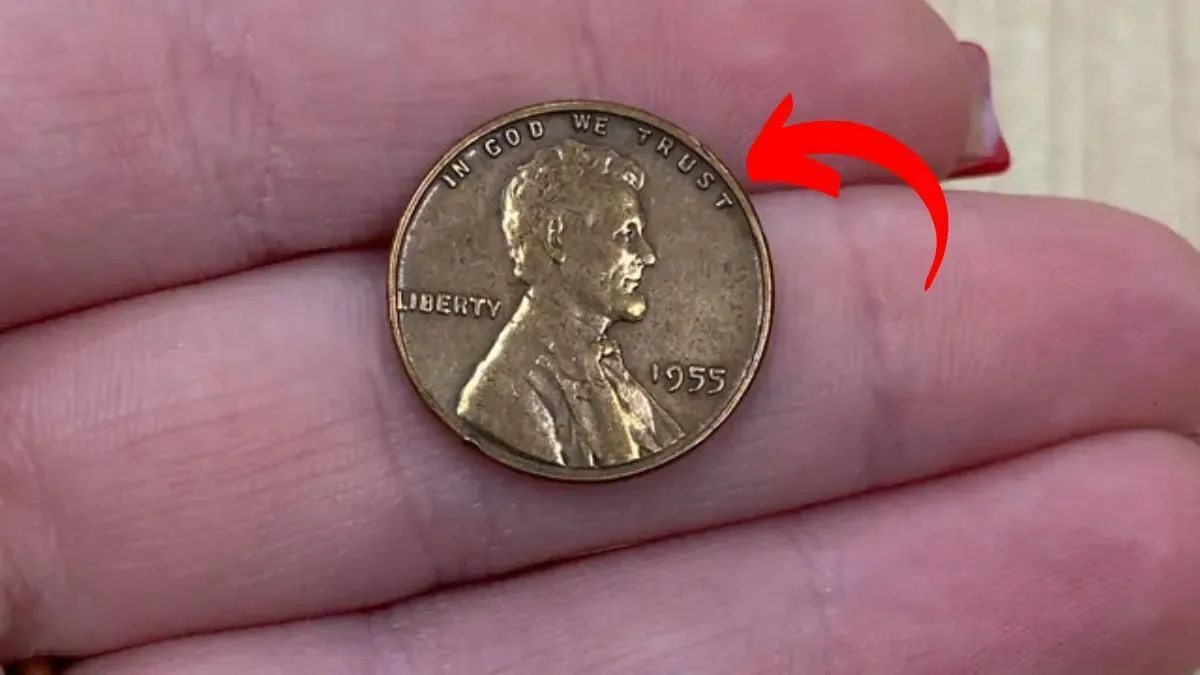To most people, a penny is just one cent. But some Lincoln Wheat Pennies are worth much more — even hundreds of thousands of dollars. One rare coin has sold for as much as $630,000, turning an everyday object into a life-changing discovery. This incredible value comes from a unique mistake made during wartime, making the coin one of the most sought-after in U.S. history.
A Coin Made to Honor Lincoln
The Lincoln Wheat Penny was introduced in 1909 to celebrate 100 years since Abraham Lincoln’s birth. It was the first American coin to feature a real person rather than a symbol. Artist Victor David Brenner designed the penny, placing Lincoln’s portrait on the front and a pair of wheat stalks on the back — symbols of the nation’s agricultural roots.
The design remained in use until 1958, when it was replaced by the Lincoln Memorial version. Over that time, billions of wheat pennies were produced, making them a familiar part of everyday life for decades.
The 1943 Mistake That Made History
The penny valued at $630,000 comes from a mistake made in 1943, during World War II. Because copper was needed for bullets and military equipment, the U.S. Mint switched from copper to zinc-coated steel for pennies that year. But something went wrong — a few leftover copper blanks from 1942 accidentally remained in the machines when production shifted.
These few copper coins, stamped with the 1943 date, were released into circulation. Only about 15 to 20 are known to exist today, spread across the three main U.S. mints: Philadelphia, Denver, and San Francisco. Because of their rarity and historical importance, these coins have sold for hundreds of thousands — with pristine examples reaching $630,000 or more.
How to Tell If You Have a Real One
Because the 1943 copper penny is so valuable, counterfeits are common. Here are some simple tests to help identify a real one:
- Magnet Test: Steel pennies stick to magnets, but copper ones won’t.
- Color: Copper coins have a reddish-brown color, while steel looks gray or silver.
- Weight: Real copper pennies weigh 3.11 grams, while steel versions are lighter at 2.7 grams.
Even if your coin passes these tests, the only way to know for sure is to have it evaluated by a professional. Certified grading services use microscopes and metal analyzers to confirm authenticity, and their certification can dramatically increase a coin’s value.
Other Wheat Pennies That Are Worth Big Money
The 1943 copper penny may be the most famous, but other Lincoln Wheat Pennies are also valuable:
- 1909-S VDB: The first year of issue with designer initials; can sell for $50,000–$100,000.
- 1914-D: A scarce penny that ranges from $10,000 to $150,000 in top condition.
- 1922 “No D”: A Denver-minted coin with a missing mintmark; values range from $500 to $20,000.
Could You Still Find One Today?
Surprisingly, yes — it’s still possible. These valuable coins could be hiding in old piggy banks, coin jars, inherited collections, or even rolls of coins from the bank. Garage sales, estate auctions, or antique shops occasionally reveal hidden treasures when sellers don’t realize what they have.
Disclaimer
The prices mentioned in this article are based on expert opinions and past auction results. Actual coin values can vary depending on the market, coin condition, and authentication. Always consult a qualified coin dealer or grading service before buying or selling collectible coins.
FAQs
Q: Is every 1943 penny valuable?
A: No. Most 1943 pennies were made of steel and are worth only a few cents. Only the rare copper version is highly valuable.
Q: How can I tell if my 1943 penny is copper or steel?
A: Try the magnet test — steel sticks, copper doesn’t. Also, check the color: copper is reddish-brown, steel is silver-gray.
Q: Where can I get my penny checked?
A: Reputable services like PCGS or NGC can authenticate and grade coins. Local coin dealers may also offer evaluations.
Q: Can I still find valuable pennies in circulation?
A: It’s rare, but possible. Always check your change, old jars, and collections — especially if they haven’t been sorted in years.

